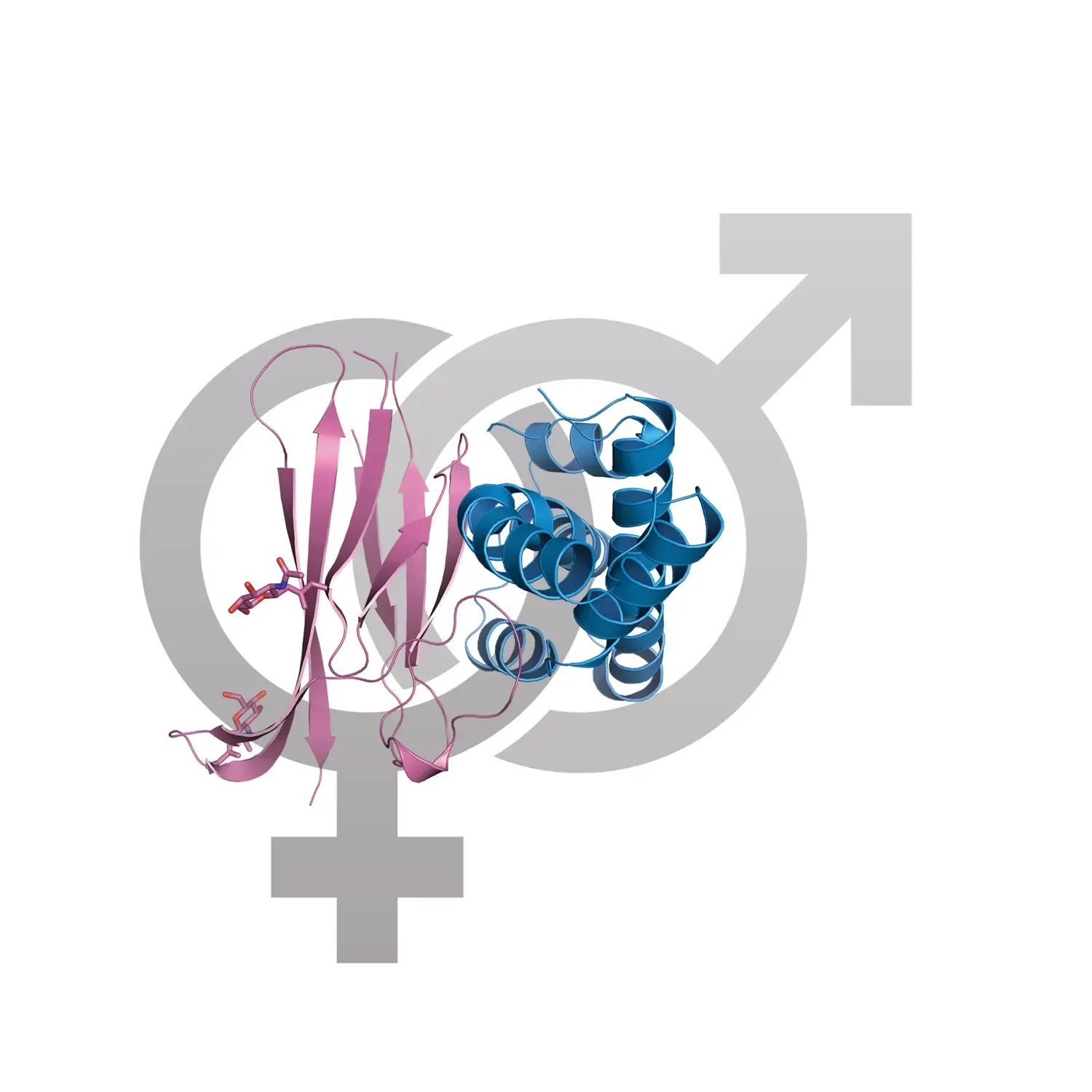Available positions
Although we do not have specific openings at the moment, highly motivated postdoctoral candidates with a strong background in structural and/or molecular biology are always welcome to apply.
Please send a full application including motivation letter, CV, publication list and the name and address of three referees to Luca Jovine.

